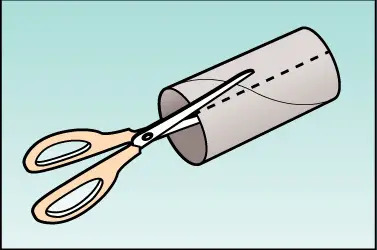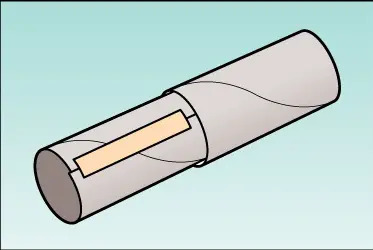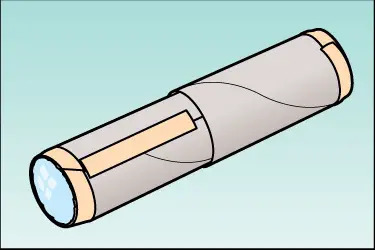You don’t need to own a NASA telescope to view the stars, you can make your own! Follow instructions from National Geographic Kids Get Outside Guide to make your own telescope using paper towel tubes, tape, paint, and convex lenses so you can study the stars.

If you want a better view of the night sky but don’t own a telescope, you can build one of your own. Then take your new telescope out at night and gaze at the amazing night sky. See if you can name some of the constellations that you may spot! Too cloudy to spot any stars? See our list of local planetariums to visit!
Supply List:
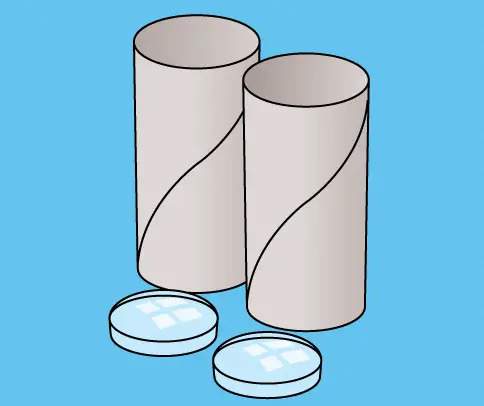 |
Steps:
| 1. Paint your paper towel tubes and let them dry. |
|
2. Create the inner tube of the telescope. Using scissors, cut one tube lengthwise only on one side. Curl one side of the cut edge slightly over the other. Then tape the cut edge down.
|
| 3. Insert your inner tube into the second paper towel tube. It should fit snugly into the second tube but still be able to slide in and out. If not, adjust the size of the inner tube. |
|
4. Tape one convex lens to the outer end of each tube, only around the rim, so you don’t cover too much of the lens.
|
|
5. Hold your telescope with the inner tube facing your eye. Aim it at an object in the night sky. (Never use your telescope to look at the sun!) You can focus by sliding the inner tube in and out.
|
Time: About 40 minutes
Fun fact: 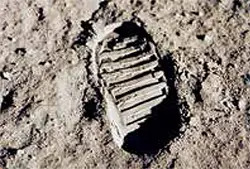
Tire tracks and footprints left behind by astronauts who have visited the moon will stay there forever. Why? There is no wind on the moon to blow them away!
How to distinguish a star from a planet:
Here’s a simple trick to figure out if an object in the night sky is a star or a planet: Starts appear to “twinkle,” but planets don’t. Turbulence in Earth’s atmosphere refracts light from the stars, making them appear to twinkle. Because planets are much closer to us than stars, they don’t suffer from the turbulence the way stars do.

Excerpted with permission from National Geographic Kids Get Outside Guide (ages 9-12; $14.99).













